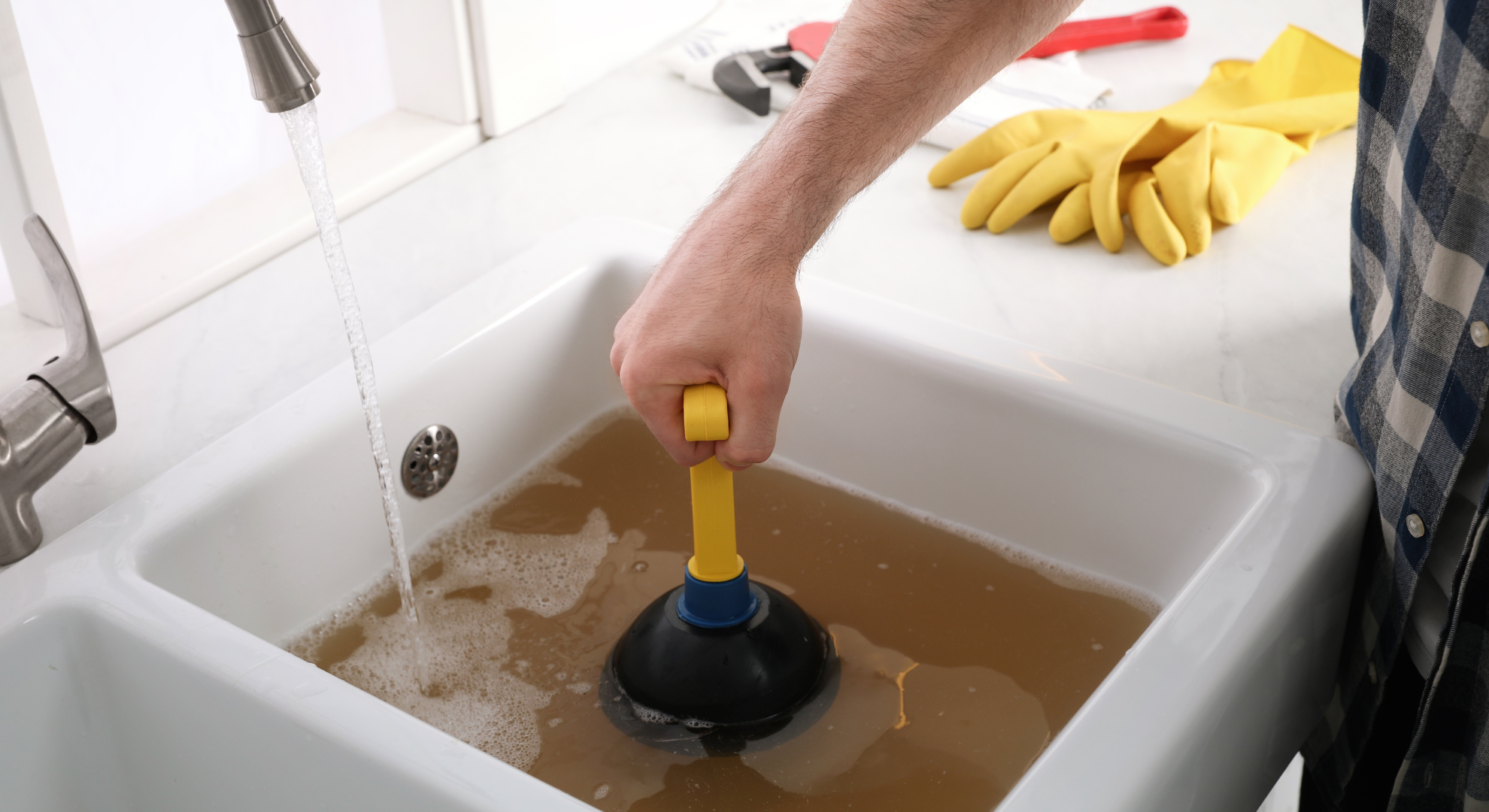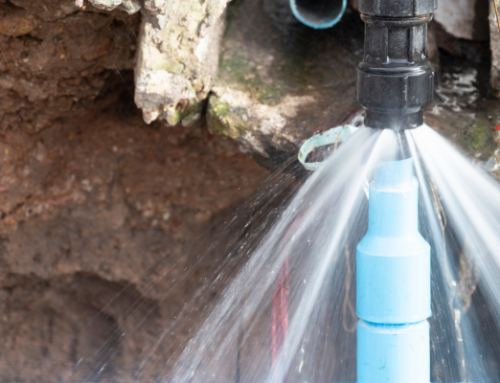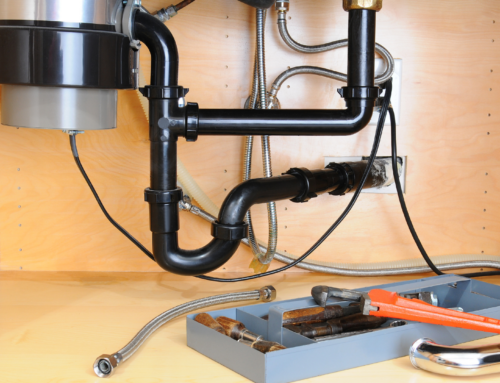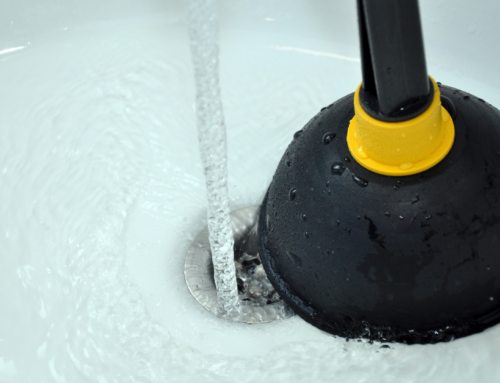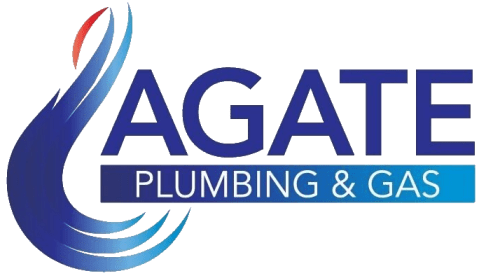In Perth and other suburban areas across the globe, the issue of blocked drains often remains unaddressed until it escalates into a substantial predicament. Agate Plumbing is here to warn you that the consequences of overlooking blocked drains can transcend mere inconvenience, leading to a range of perils. After all, forewarned is forearmed!
The Plumbing Perils of a Blocked Drain
From health risks stemming from stagnant water to potential infrastructure damage and environmental contamination, the ramifications of overlooking this common plumbing issue can be far-reaching and costly.
This article seeks to unveil the potential dangers associated with neglecting blocked drains, emphasising the urgent need for proactive measures and community awareness to mitigate the potentially harmful impact on homes, businesses, and public health in general. Let’s take a closer look at what these might be.
Structural Damage
Blocked drains can lead to various forms of infrastructure damage if left unattended. Some of the ways in which blocked drains can cause infrastructure damage include:
- Foundation Damage: Accumulated water from blocked drains can seep into the foundation of a building, leading to cracks and structural instability. Over time, this can compromise the integrity of the entire structure, resulting in costly repairs and potential safety hazards.
- Soil Erosion: If a blocked drain prevents water from properly draining away from the property, it can lead to soil erosion around the foundation. This erosion can weaken the soil’s ability to support the building, potentially causing the foundation to shift or sink.
- Structural Deterioration: Stagnant water caused by blocked drains can corrode building materials such as concrete, metal, and wood. This can lead to the deterioration of the structure over time, potentially weakening load-bearing components and posing a significant risk to the safety of the building.
- Damage to Landscaping: Overflowing water from blocked drains can inundate the surrounding landscape, causing damage to gardens, lawns, and other outdoor features. This can lead to soil erosion, loss of vegetation, and the destruction of outdoor infrastructure such as pathways and retaining walls.
- Pipe Damage: The pressure buildup resulting from a blocked drain can lead to the deterioration or bursting of the pipes. Over time, this can cause extensive damage to the drainage system, requiring costly repairs or even complete replacement of the affected pipes.
- Structural Weakening from Leaks: Blocked drains can cause leaks within the plumbing system, leading to water seepage in walls, ceilings, and other structural components. This continuous water exposure can weaken these structures, potentially leading to rot, mold growth, and compromising the overall integrity of the building.
Health Hazards
In both urban and rural settings, the oversight of a blocked drain can give rise to a host of critical health hazards. Stagnant water resulting from blocked drains is an ideal breeding ground for various harmful bacteria and pathogens, which can quickly multiply in a warm and moist environment.
When left unattended, this stagnant water can become a hotbed for disease-causing microorganisms. These can lead to the spread of diseases like dysentery, gastroenteritis, and other waterborne illnesses. In severe cases, blocked drains could even lead to contamination of the water supply if the drainage system is connected to the main water source.
Moisture from blocked drains can also create ideal conditions for mould, mildew, foul-smelling odours and the attraction of pests like insects and rodents. Fungi from mould can release spores into the air, potentially causing respiratory issues and prolonged exposure to odours can lead to discomfort and nausea. Rats and other pests bring along their own host of pathogens along with such things as damage to fabrics and fixtures.
Flood Risks and Water Damage
In periods of intense rainfall when water levels rise, blocked drains become unable to effectively channel the excess water away, leading to a rapid accumulation of water in surrounding areas.
Homes, businesses, and infrastructure located in these vulnerable zones are at a heightened risk of being directly impacted by the floodwaters, resulting in structural harm, and the potential displacement of residents and business owners.
Prolonged exposure to water from blocked drains can deteriorate building materials such as wood, drywall, and concrete. This can lead to rotting, warping, and disintegration of these materials, compromising the property’s structural integrity
Floodwaters can also seep into electrical systems, posing a significant safety hazard and potentially causing irreversible damage to electrical appliances and wiring. The financial implications stemming from the destruction of property and the subsequent costs of recovery and repair can be substantial,
Financial Burdens
Property damage resulting from blocked drains can lead to various financial implications for homeowners and property owners. Some of the financial consequences of such damage include:
- Repair Costs: Property damage from blocked drains often necessitates costly repairs. Depending on the extent of the damage, repair expenses can include fixing structural issues, addressing water damage, and restoring affected areas of the property. These costs can quickly escalate, especially if the damage is extensive and requires professional intervention.
- Replacement Expenses: In severe cases, property damage caused by blocked drains may require the replacement of various components, such as damaged pipes, flooring, walls, or even sections of the foundation. The costs associated with replacing these elements can significantly impact a property owner’s finances.
- Loss of Property Value: Infrastructure damage resulting from blocked drains can lead to a decrease in the property’s overall value. Structural issues, water damage, and compromised foundations can negatively affect the property’s market value, making it less appealing to potential buyers or tenants.
- Increased Insurance Premiums: Making claims for property damage resulting from blocked drains can lead to increased insurance premiums. Insurance companies may consider the property at higher risk for future damage, leading to higher premiums or even the possibility of policy cancellation or non-renewal.
- Temporary Relocation Costs: Extensive property damage may require temporary relocation of residents while repairs are being conducted. Temporary housing costs, along with additional living expenses, can further strain the financial resources of property owners.
- Loss of Rental Income: If the damaged property is a rental unit, the repair time required can result in a loss of rental income. Vacant periods due to repairs can significantly impact the property owner’s cash flow, leading to financial strain and potential difficulty in meeting mortgage payments and other financial obligations.
Noticing the Signs
Several indicators can help you identify a blocked drain in your residential property. Recognising these signs early can prompt timely intervention and prevent more significant issues. Some common signs of a blocked drain include:
- Slow Draining: Water draining slowly from sinks, showers, or bathtubs is often a clear indication of a blockage in the drainage system. If you notice water taking longer than usual to drain, it’s essential to investigate further to identify and address the cause of the blockage.
- Unpleasant Odors: Foul or unusual smells emanating from drains or around the plumbing fixtures can indicate the presence of accumulated debris or stagnant water in the pipes. These odours can result from the buildup of organic matter in the blocked drain and are often a sign that immediate action is required.
- Gurgling Sounds: If you hear gurgling noises coming from your drains or toilet when using other plumbing fixtures, it could signify a blockage in the drain. Gurgling sounds indicate that air is trapped in the pipes, which can result from a blockage obstructing the normal flow of water.
- Water Backing Up: Water backing up from drains, sinks, or toilets is a clear sign of a severe blockage in the drainage system. This can result in water pooling around the affected fixture or even overflowing onto the floor, indicating a significant obstruction that requires immediate attention.
- Presence of Water Stains: Water stains on walls, ceilings, or floors can indicate that water is seeping out from a blocked pipe. These stains can be a result of leaks caused by the pressure buildup from a blockage, leading to potential structural damage and the growth
Presence of Pests: If you notice an increase in pest activity around drains, it could be a sign of a blockage. Blocked drains can attract pests seeking a water source and can provide an environment conducive to their survival, leading to infestations that can further exacerbate the issue.
Avoiding Drainage Disasters with Agate Plumbing
You may be wondering how you might avoid the pitfalls of blocked drains, now you know not to ignore them. Proactive measures, such as regular inspection and maintenance of drainage systems, timely clearing of blockages, and prompt repair of any leaks or damages, can help prevent extensive infrastructure damage caused by blocked drains.
Who better to assist you with this than Agate Plumbing and Gas? We have a passion for plumbing and trained professionals with the expertise to quickly identify the root cause of a blockage and apply appropriate solutions efficiently. Our specialised tools and equipment can help identify blockages deep within the plumbing system and effectively clear them without causing further damage.
We can provide thorough inspections of your plumbing system, identify potential issues, and offer solutions to prevent future problems, thereby ensuring the long-term health of the plumbing infrastructure. So, if you want to get ahead of the problem, be proactive and contact us today!

